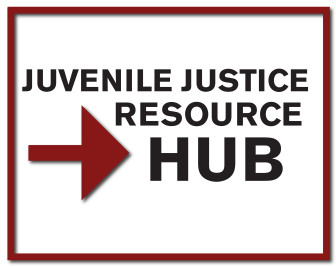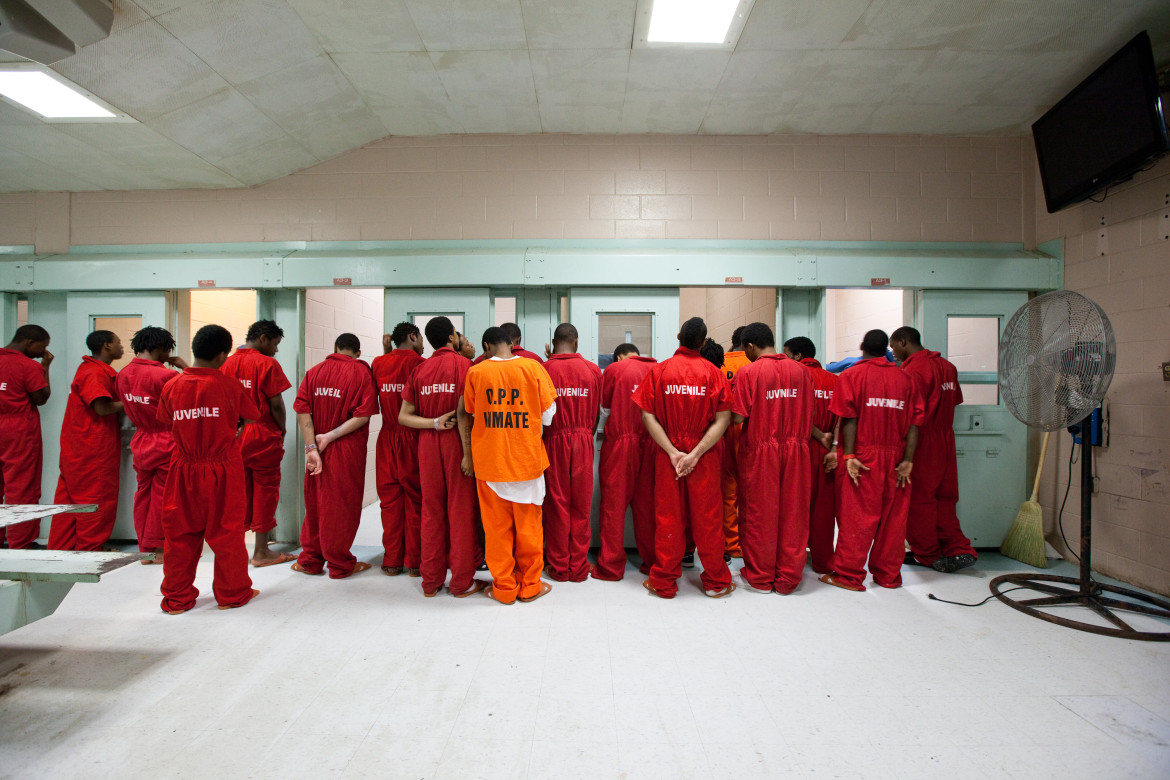 This story originally appeared on New American Media.
This story originally appeared on New American Media.
According to a new study by the San Francisco-based Young Minds Advocacy, as many as 70 percent of the kids in California’s juvenile detention centers are in need of mental health care, and most of them are not getting it.

Attorney Patrick Gardner
Attorney Patrick Gardner, the organization's founder and one of the report’s authors, says many of these youth would not be in detention in the first place if there were more home and community-based mental health services available.
Young Minds Advocacy recently succeeded in getting the Department of Health Care Services to acknowledge such care must by law be made available to all Medi-Cal eligible youth under the age of 21 who need it.
That means some 4,500 kids in California’s juvenile detention system are now legally entitled to home and community-based care. Gardner notes the funding exists to enhance mental health services at the local level, but that counties need to move fast before budgets are set in May.
Anna Challet: Why are so many kids who need mental health services ending up in juvenile detention?
Patrick Gardner: Let’s say a child is at home and their behavior is escalating, and the parents are afraid for the safety of themselves or the child’s siblings … A lot of times they’ve been through this before, so they’ll have been to the emergency room and they realize that they’re going to have to sit there with their child for 24 hours or 36 hours waiting for someone to do something other than say, “We don’t have a bed available.” Or they may be told to turn around and go home because there’s nothing the ER staff can do. Under those circumstances, you can imagine that they might call the police. The police will take the child into custody.
Or a child’s behavior is escalating, and the parents aren’t thinking of it as a mental health meltdown — it’s just frightening. So they call the police under those circumstances without ever having had the benefit of someone doing a screening and telling them that their child has what appears to be a mental illness and they need to have an assessment … If they don’t have access to health care, that’s not going to happen, and so you’re much more likely to have intervention by the police.
Part of the problem is the stigma. If no one wants to acknowledge or even test whether a child has a mental illness, then it’s often the case that you’re going to blame it on bad behavior, and you’re going to resort to the juvenile justice system.
[Related: Our Prisons in Black and White]
AC: Why are so few kids accessing care once they’re in the system?
PG: Juvenile justice isn’t about mental health. It’s about public safety. Their mission isn’t to deliver services to youth around mental health. Their interest is to keep the public safe ... You have a real challenge to actually identify the needs of children, much less deliver effective services. One thing that can be problematic is being able to deliver services such as therapy in an environment that is toxic to young people ... It’s also been difficult for agencies to understand what they ought to be providing.
AC: Why is it preferable to deliver mental health services somewhere other than a detention center?
PG: Kids go into institutions, they learn how institutional care works, and they conform their behavior to institutional care. You’re fundamentally not delivering an essential service: helping the child live in the world, not in the institution.
Oftentimes people who are dealing with kids in the juvenile justice system don’t understand the behaviors that they’re seeing and appreciate that those behaviors are due to mental health challenges — that these aren’t necessarily kids who are challenging your authority because they’re bad kids, but rather acting out in ways that reflect their mental health needs.
AC: What do you expect to change as a result of these 4,500 kids being newly eligible for home and community-based care?
PG: We would hope and expect to see a reduction in the number of kids that are detained, a reduction in the time periods that they’re detained and a lower recidivism rate among kids who leave institutions. The whole purpose of these services is to support a child in the community, and if you can do that, it often means that they won’t end up in the delinquency system at all.
One of the things that I hear probation folks talk about is that they're overwhelmed by the demand for mental health services within the juvenile justice system, and that makes all of their programs more challenging. To the extent that we can reduce the population of children with serious mental health needs in detention, presumably that entire system would work better. My strong belief is that by removing children who can’t benefit from a juvenile justice setting, you're likely to not only see improvements for those children, but also for children who are more properly supervised by probation and the courts.
AC: What’s it going to take for these services to actually become available to the kids who need them?
PG: There’s as much as $160 million [due to the 2011 realignment] this fiscal year in new mental health dollars for the counties to deliver these services … so it’s not about needing more money. It’s about stepping up and delivering these services, but we have to do it quickly, because the counties’ budgets are going to be done by May ... So if they don’t move reasonably quickly, they’re going to miss a whole year. That’s thousands of children left to detention and incarceration because we didn’t act promptly when it became clear that these children not only need services, but that they’re entitled to them as a matter of law. You’ll hear people say that we don’t have the money, and it’s just not true.
More related articles:
An Epidemic of Questionable Arrests by San Bernardino School Police
Stop Solitary for Kids: A National Campaign for Change
States Should Mandate School-justice Partnership to End Violence Against Our Children
